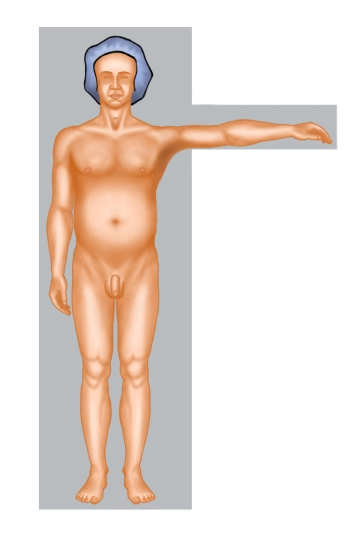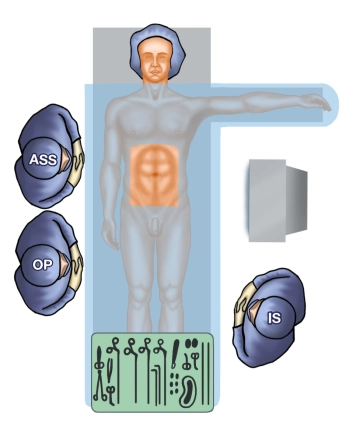Spigelian hernia (SpH) is a rare form of ventral hernia, which is mostly acquired. SpH is defined as the protrusion of local preperitoneal fat tissue or a hernia sac through a defect in the Spigelian aponeurosis. The Spigelian aponeurosis refers to the fascia of the transversus abdominis muscle, laterally bounded by the semilunar line (extending from the 9th rib to the symphysis) and medially by the lateral edge of the rectus muscle. SpH is an interstitial herniation with disruption of the aponeurosis of the transversus abdominis and the internal oblique abdominis muscles, while the superficial fascia of the external oblique abdominis muscle usually remains intact. The predilection site of this hernia is the intersection between the semilunar line and the arcuate line. When located below the arcuate line, it is referred to as a "low Spigelian hernia," a subtype of SpH, which is situated caudally to the inferior epigastric artery within Hesselbach's triangle. In the axial plane, the hernia sac tends to extend laterally into the interstitial layer between the internal and external oblique muscles, without penetrating the intact external oblique aponeurosis. The specific anatomical situation of SpH, with a rather small hernia orifice and the development of an interoblique hernia sac, complicates the diagnosis of this condition with a particular tendency towards incarceration. The most important epidemiological feature is the risk of incarceration requiring emergency intervention, affecting up to 17% of all SpH cases. Compared to other ventral hernias, SpH has a significantly increased risk of incarceration.
Due to the significant risk of incarceration, all SpH should be surgically treated.
Regardless of the technique used, mesh repair is recommended. Only for small hernias (< 2 cm) can a repair without mesh be a reasonable alternative.
The IPOM method is considered the easiest to learn and the safest to perform.
The advantage of the IPOM procedure or the TAPP method in "low Spigelian hernia" is the ability to explore the entire abdomen. Both methods can also be applied in emergency situations with incarcerated hernia content.


